Map Project Office and Google create ambient home sensors
No more barking at Alexa and Google Assistant? Little Signals – these sculptural objects by Map Project Office and Google – are next-generation notifiers, home sensors that communicate in subtle and surprising ways
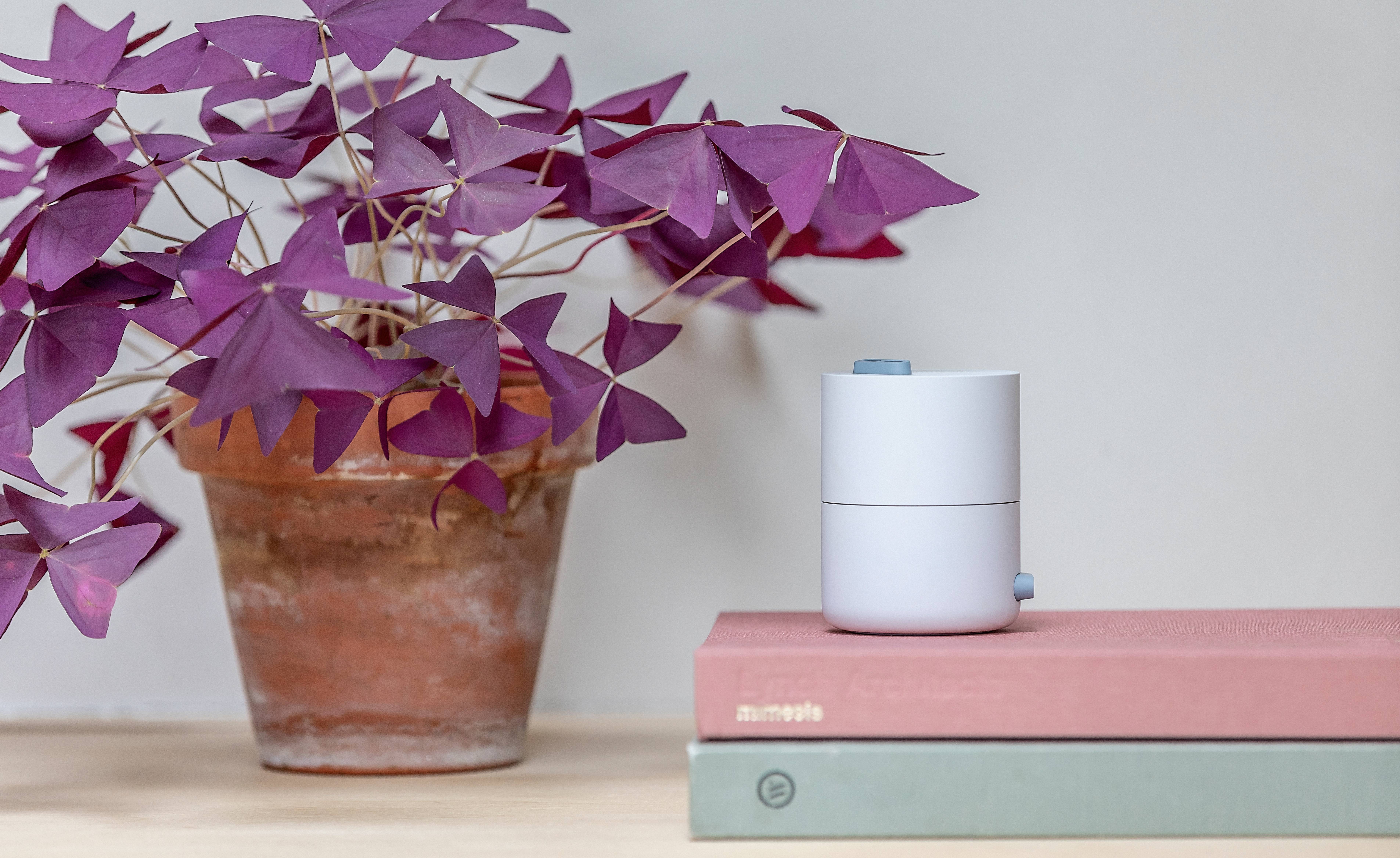
Taran Wilkhu - Photography
Awareness of our immediate environment is often cited as a dying sense, clouded by the fog of technology and notifications, blinded by incessant screen use and the always-on nature of modern life and work. Google’s new Little Signals home sensors project, developed by the company’s Seed Studio in collaboration with London’s Map Project Office, is a suite of ‘unassuming but charming objects’ that reinvent the art of the notification.
Strictly conceptual for the time being, Little Signals consists of six different devices, each utilising a different method of unconventional communication to attract attention without unnecessary distraction – a tightrope walk that modern technology usually fails to master.
Little Signals ambient home sensors
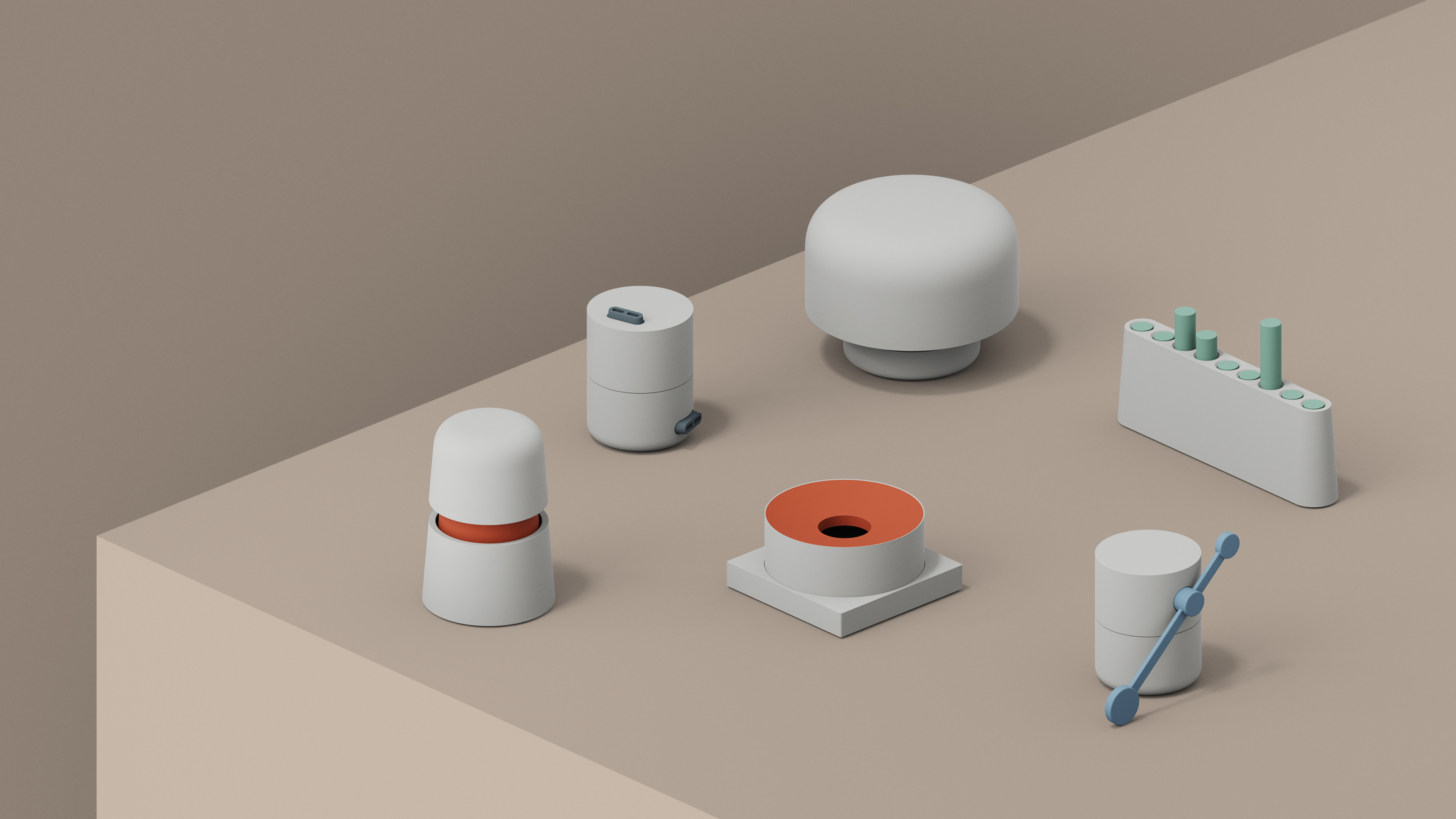
The Little Signals Family (image courtesy of Google Seed Studio and Map Project Office)
The six objects – Air, Button, Movement, Rhythm, Shadow, and Tap, offer an array of subtle nudges using sound, movement, and visual cues. The end result verges on the realm of hauntology, adding a barely perceptible layer of animation to the home in the form of taps, knocks, and flickering shadows.
Describing the objects as a collection of ‘thought starters’, Map Project Office and the Google Seed Studio hope this array of unassuming but charming objects are forerunners of a new era of ambient computing.
It certainly makes a change from barking at Alexa or patiently spelling things out to the Google Assistant – both devices that offer colossal improvements in convenience but hardly encourage a more reflective or contemplative approach to life.
See how each of the Little Signals communicates below.
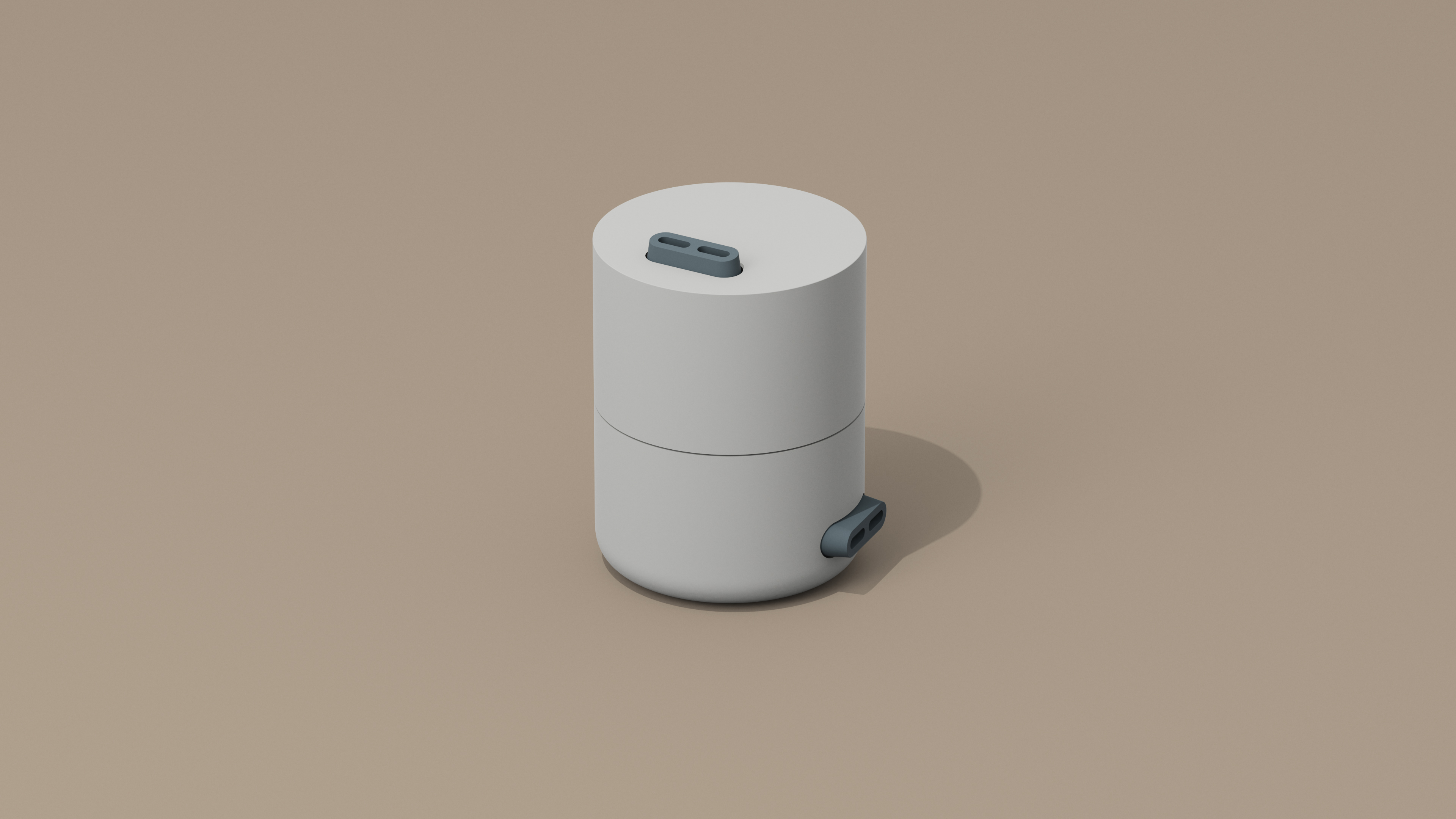
'Air' interacts with its close surroundings. Pulses of air move nearby objects, like the leaves of a plant, to attract attention (image courtesy of Google Seed Studio and Map Project Office)
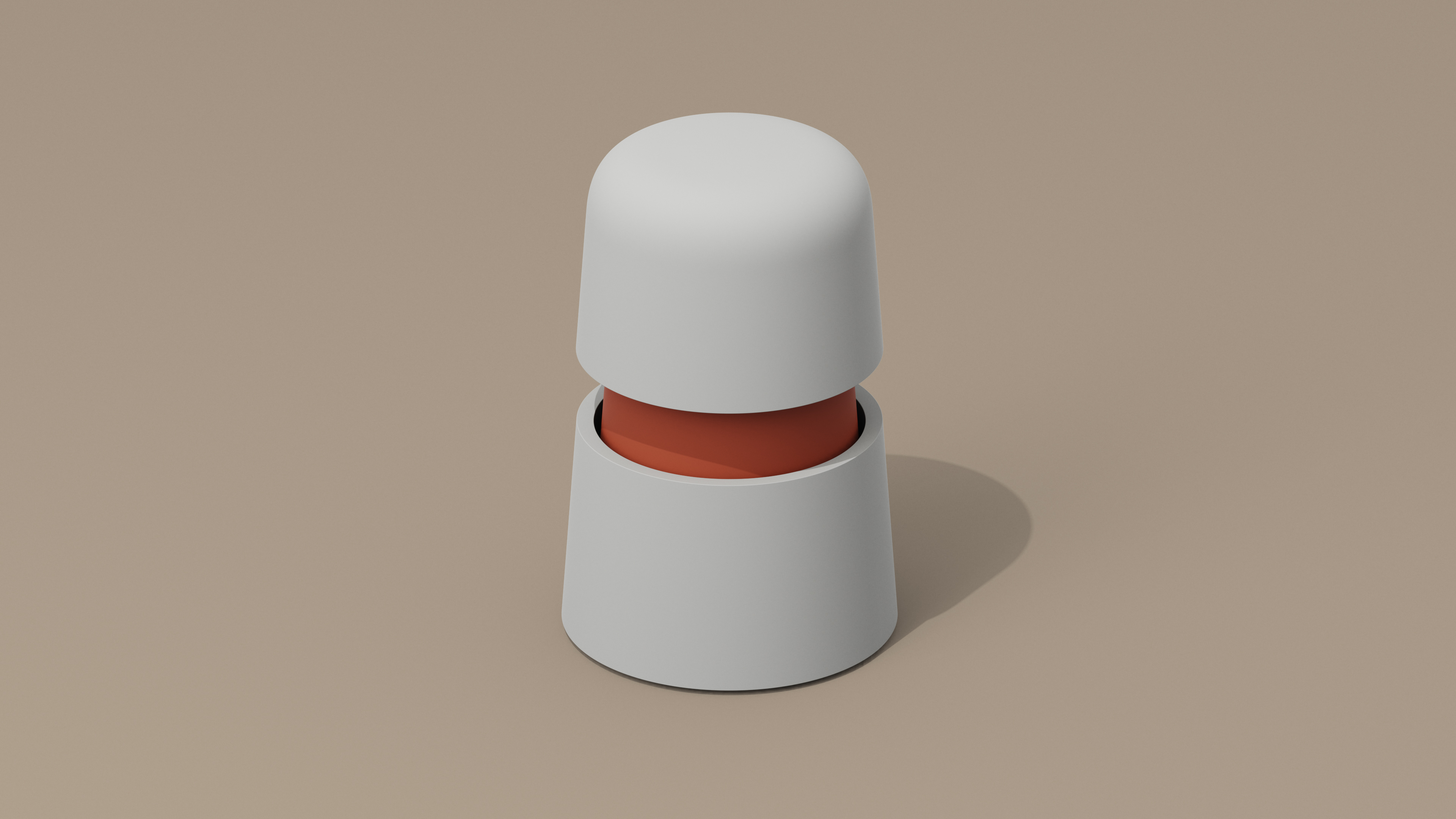
'Button' combines scale and sound to communicate and provide control. The top twists – right for more details, left for less – and grows as it receives information (image courtesy of Google Seed Studio and Map Project Office)
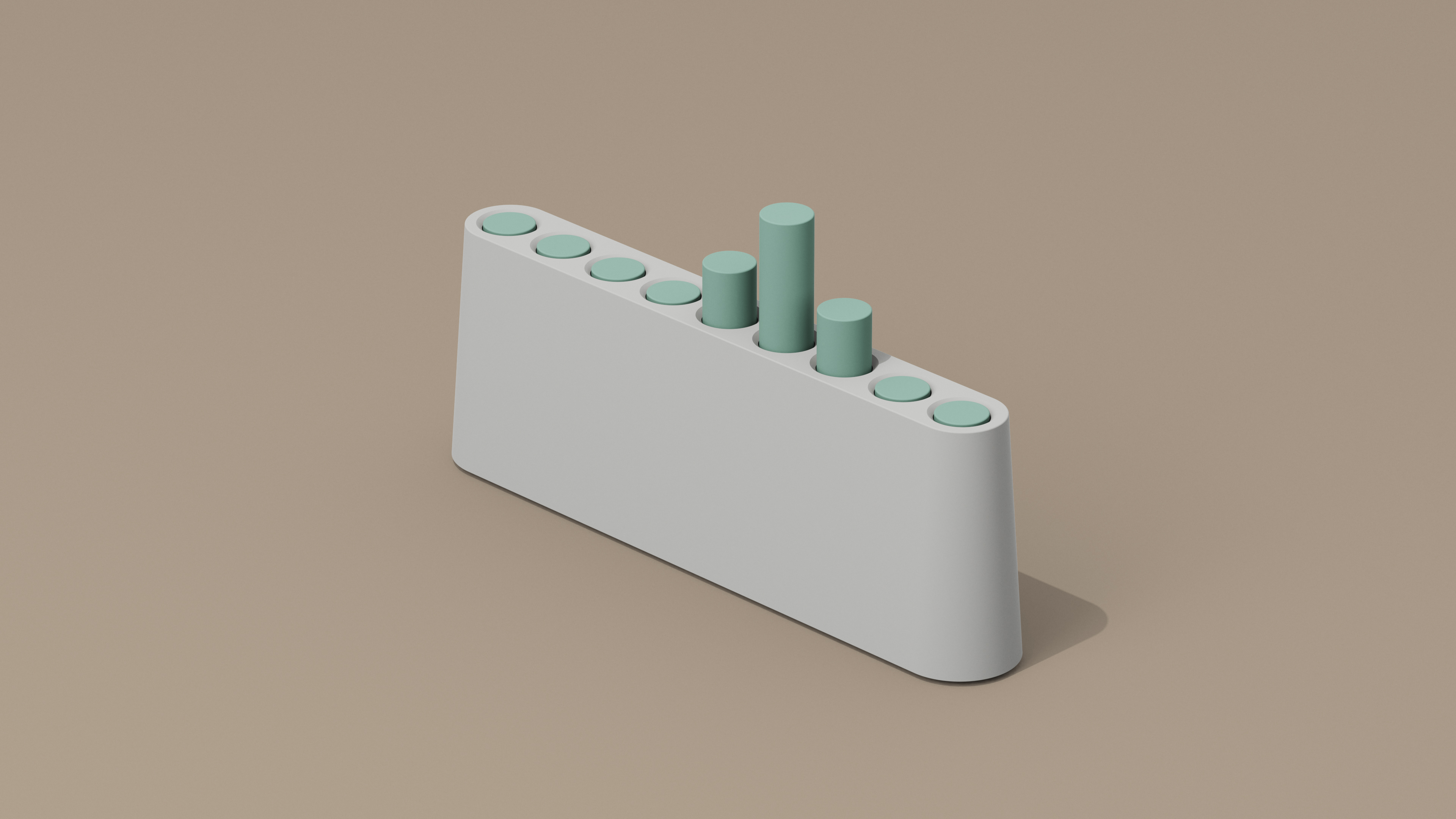
'Movement' features seven pegs that graphically represent information – like a calendar or timer – through their height and motion. The pegs work individually or as a group, and are tapped for simple input (image courtesy of Google Seed Studio and Map Project Office)
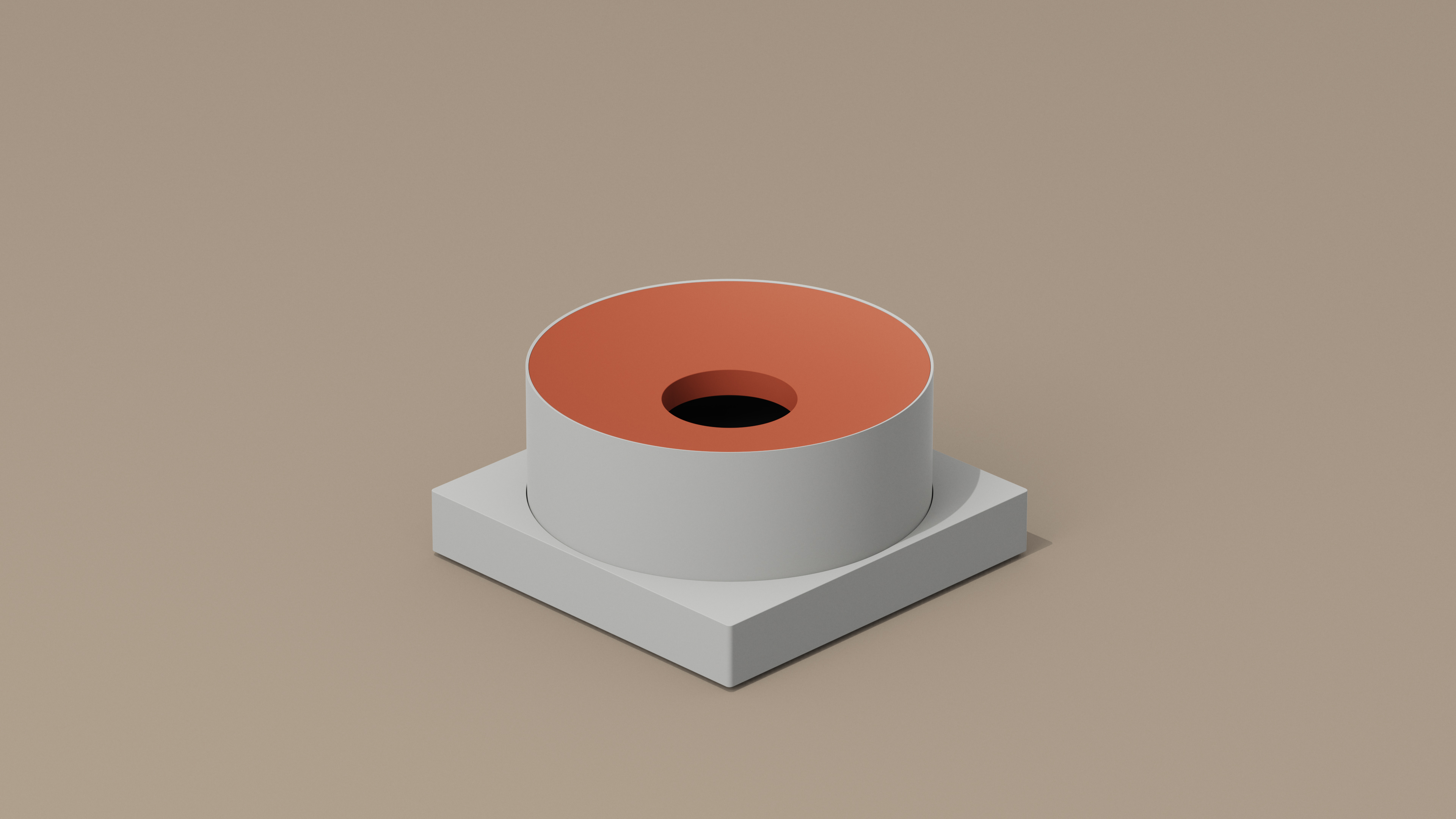
'Rhythm' generates ambient sounds. Qualities of the melody convey qualities of the information, like its importance, urgency, or tone. A wave over the object, or simply turning it over, mutes it (image courtesy of Google Seed Studio and Map Project Office)

'Shadow' communicates through the movements of the shadow it casts. They show the object’s status, like gently breathing when active or stretching in response to presence (image courtesy of Google Seed Studio and Map Project Office)
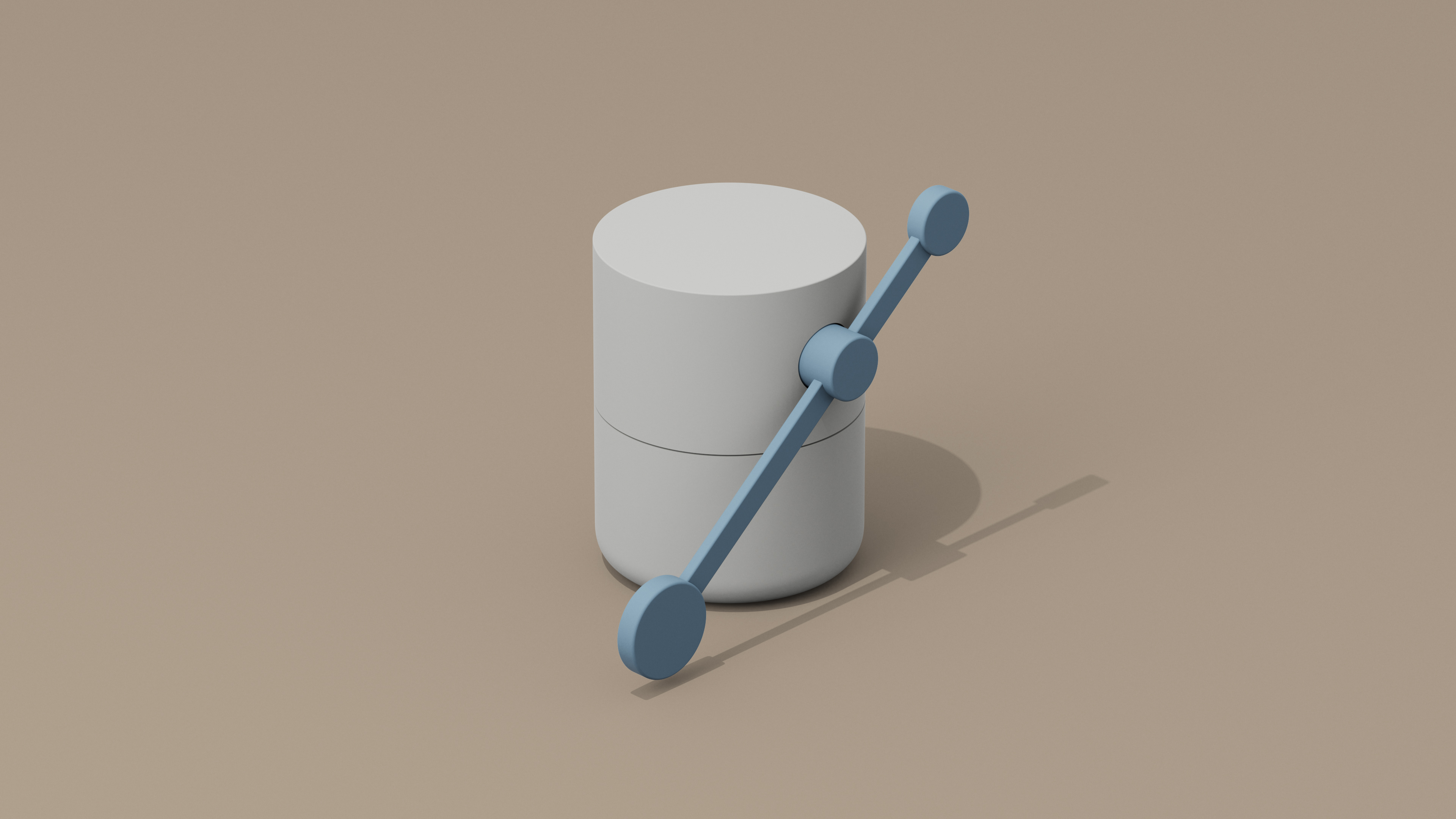
'Tap' makes use of surfaces to create sounds that act as notifications. A stronger tap means more pressing news (image courtesy of Google Seed Studio and Map Project Office)
INFORMATION
Wallpaper* Newsletter
Receive our daily digest of inspiration, escapism and design stories from around the world direct to your inbox.
More information at littlesignals.withgoogle.com
Jonathan Bell has written for Wallpaper* magazine since 1999, covering everything from architecture and transport design to books, tech and graphic design. He is now the magazine’s Transport and Technology Editor. Jonathan has written and edited 15 books, including Concept Car Design, 21st Century House, and The New Modern House. He is also the host of Wallpaper’s first podcast.
-
 Tour the best contemporary tea houses around the world
Tour the best contemporary tea houses around the worldCelebrate the world’s most unique tea houses, from Melbourne to Stockholm, with a new book by Wallpaper’s Léa Teuscher
By Léa Teuscher
-
 ‘Humour is foundational’: artist Ella Kruglyanskaya on painting as a ‘highly questionable’ pursuit
‘Humour is foundational’: artist Ella Kruglyanskaya on painting as a ‘highly questionable’ pursuitElla Kruglyanskaya’s exhibition, ‘Shadows’ at Thomas Dane Gallery, is the first in a series of three this year, with openings in Basel and New York to follow
By Hannah Silver
-
 Australian bathhouse ‘About Time’ bridges softness and brutalism
Australian bathhouse ‘About Time’ bridges softness and brutalism‘About Time’, an Australian bathhouse designed by Goss Studio, balances brutalist architecture and the softness of natural patina in a Japanese-inspired wellness hub
By Ellie Stathaki
-
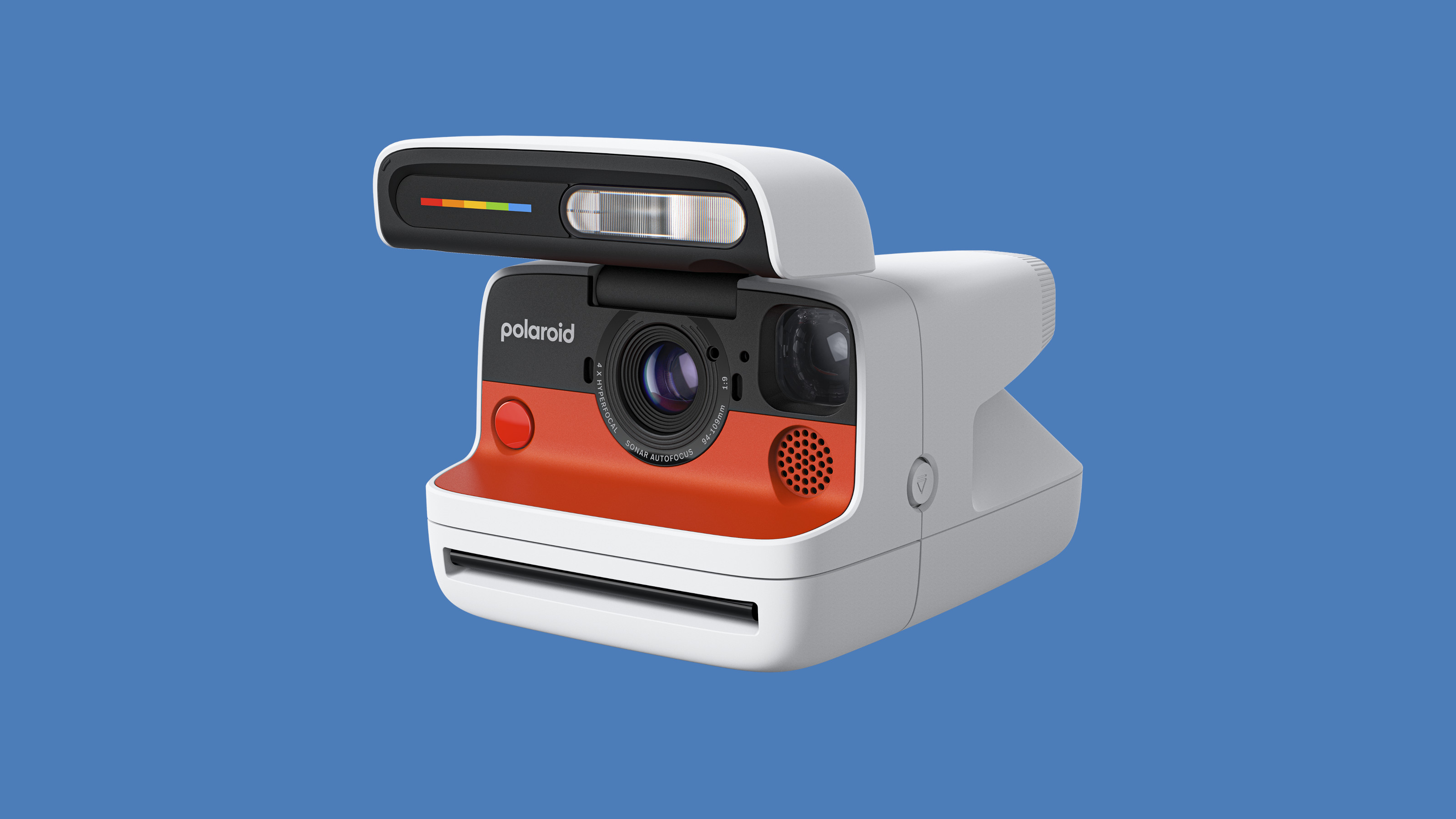 The new Polaroid Flip unfolds to bring you pin-sharp instant photography
The new Polaroid Flip unfolds to bring you pin-sharp instant photographyPolaroid announces the Flip, an instant camera that blends its evergreen film technology with better results and more control
By Jonathan Bell
-
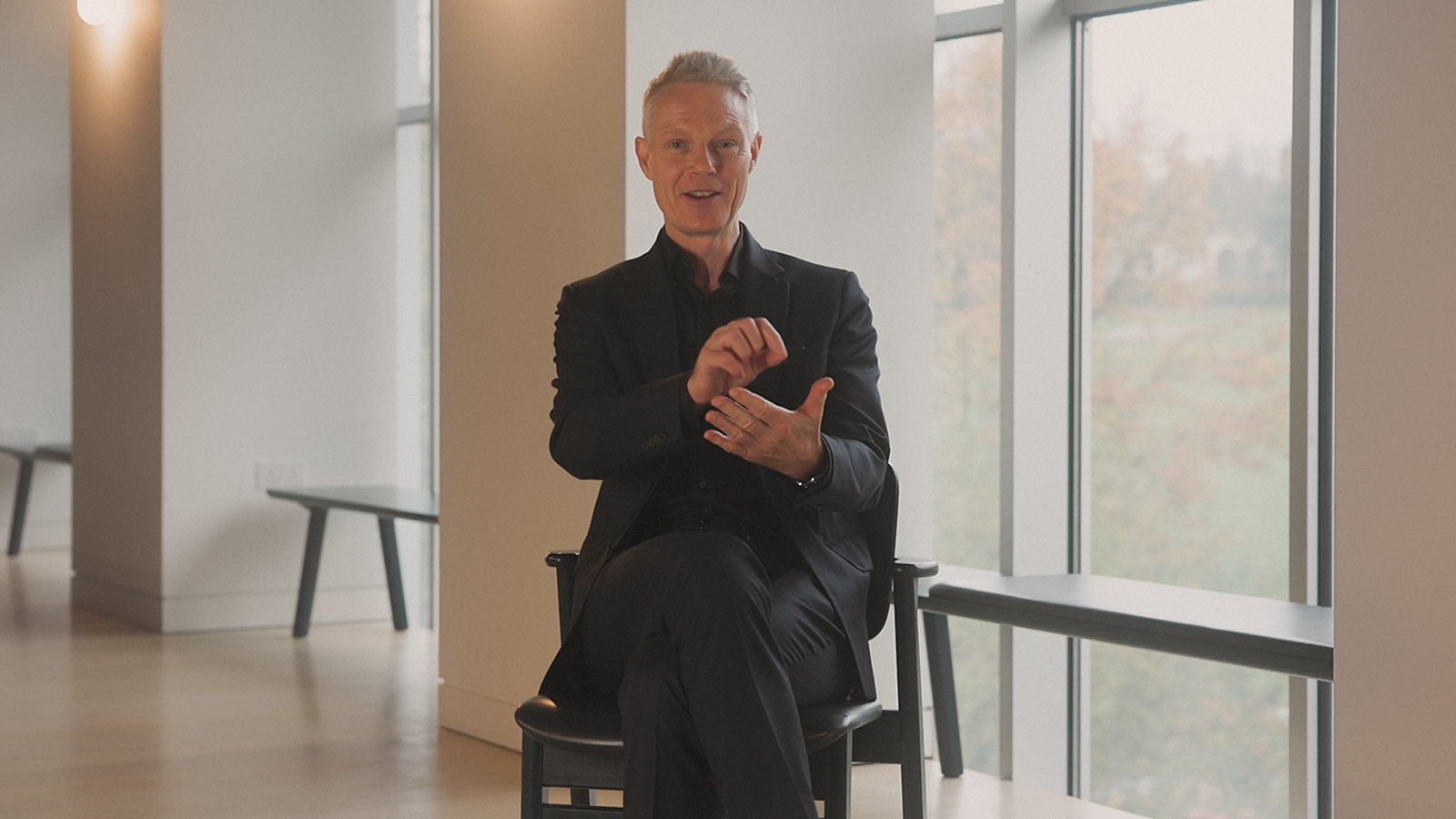 Could putting pen to reMarkable’s Paper Pro tablet make you more creative and less stressed?
Could putting pen to reMarkable’s Paper Pro tablet make you more creative and less stressed?Design Museum director Tim Marlow extols the power of ‘scribbling’, and is backed up by new research from reMarkable on the benefits of its paper tablet
By Simon Mills
-
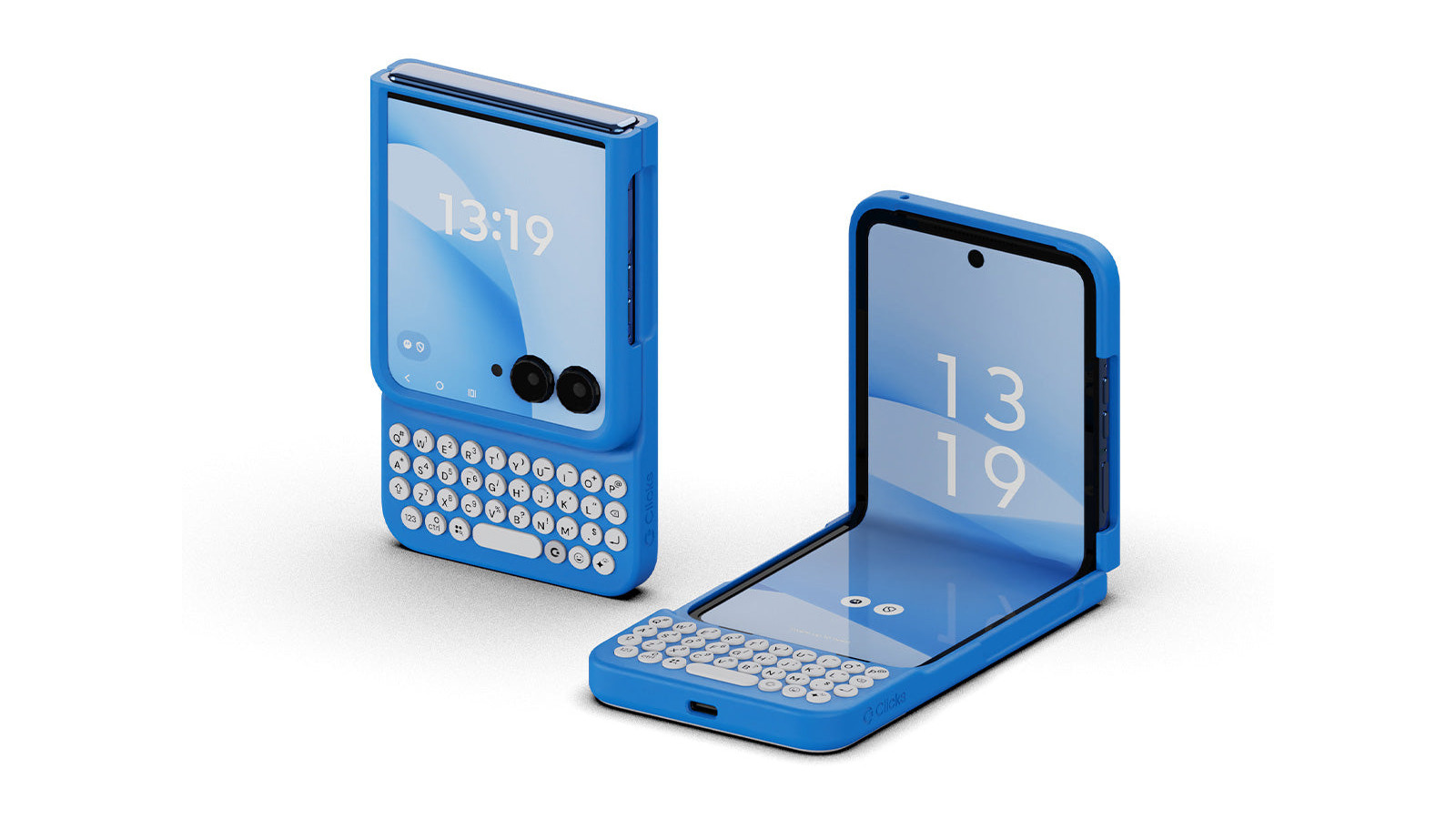 Clicks creates keyboard cases for iPhones – now they're also available for three Android flagships
Clicks creates keyboard cases for iPhones – now they're also available for three Android flagshipsSmartphones get a new lease of life with Clicks, which brings a Blackberry-style keyboard to today’s cutting-edge Apple and Android devices
By Jonathan Bell
-
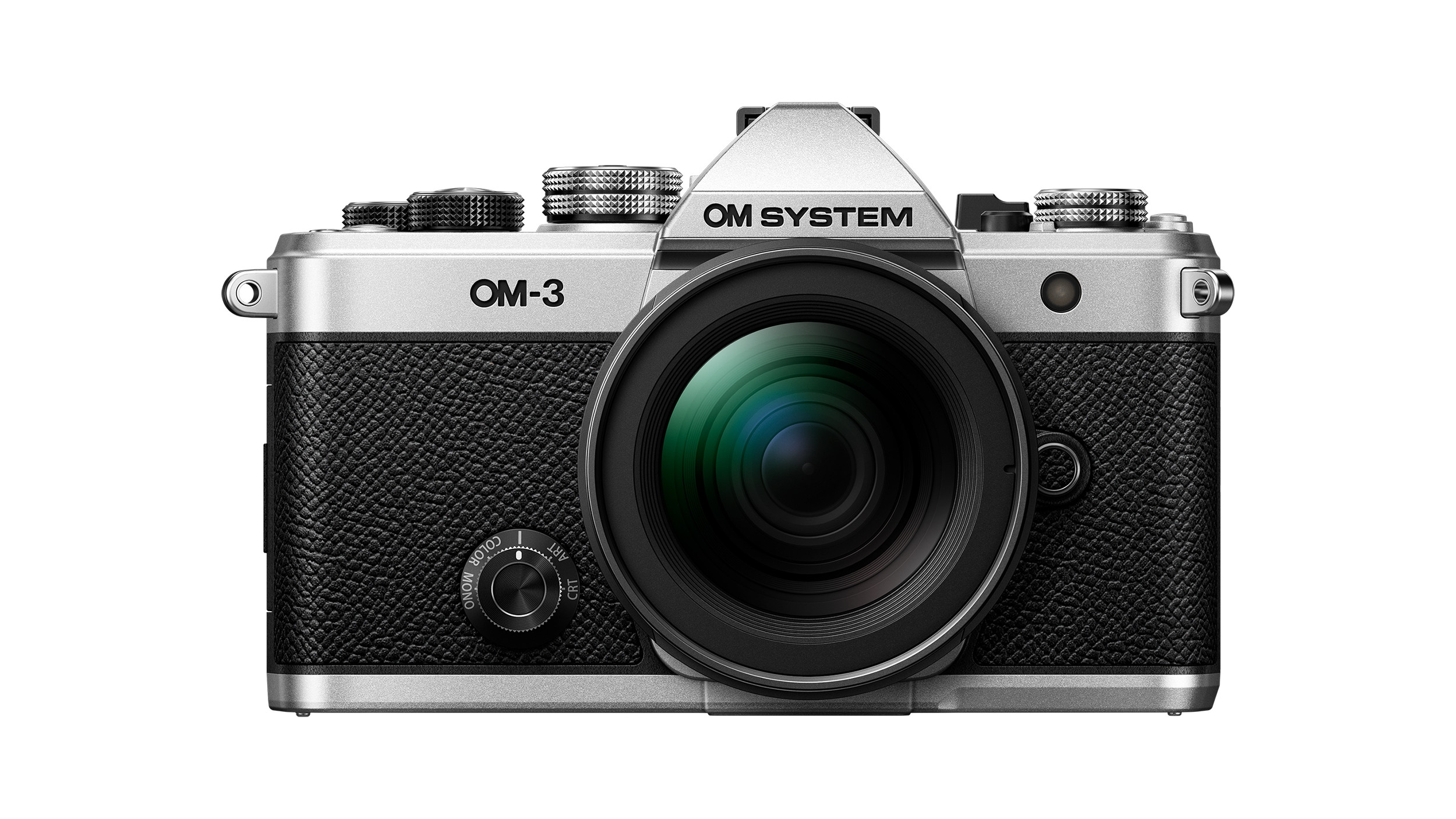 The OM System OM-3 camera blends heritage design with cutting-edge technology
The OM System OM-3 camera blends heritage design with cutting-edge technologyThe OM-3 from OM System is the newest must-have mirrorless camera design, classically styled and comprehensively equipped to create the ultimate contemporary digital camera
By Jonathan Bell
-
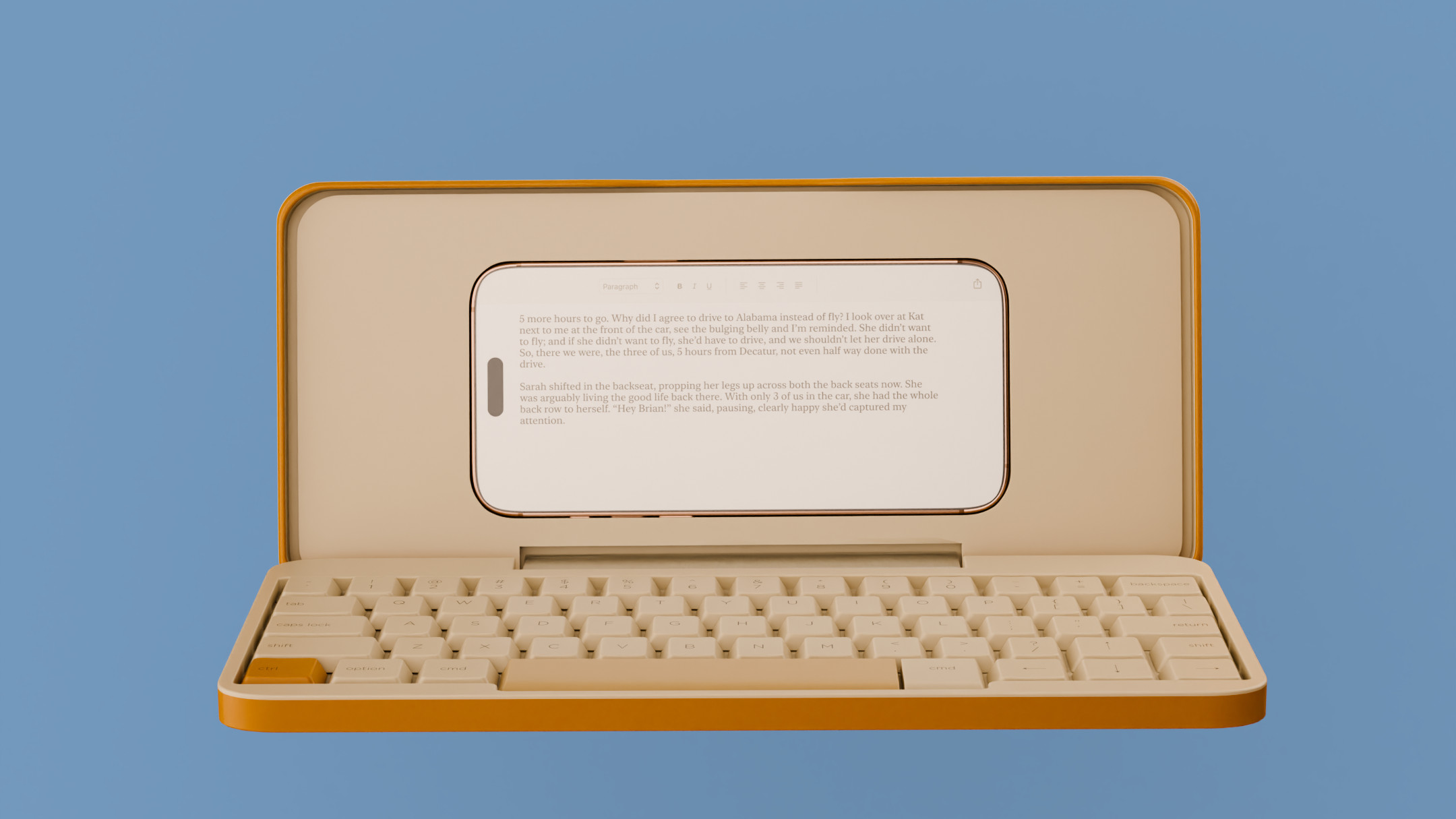 Type without the tyranny of distractions: eight new ways to get the words out
Type without the tyranny of distractions: eight new ways to get the words outLooking for a way to divert you from doom-scrolling? This selection of eight distraction-free typing devices will keep you offline and away from the socials to help you meet that deadline
By Jonathan Bell
-
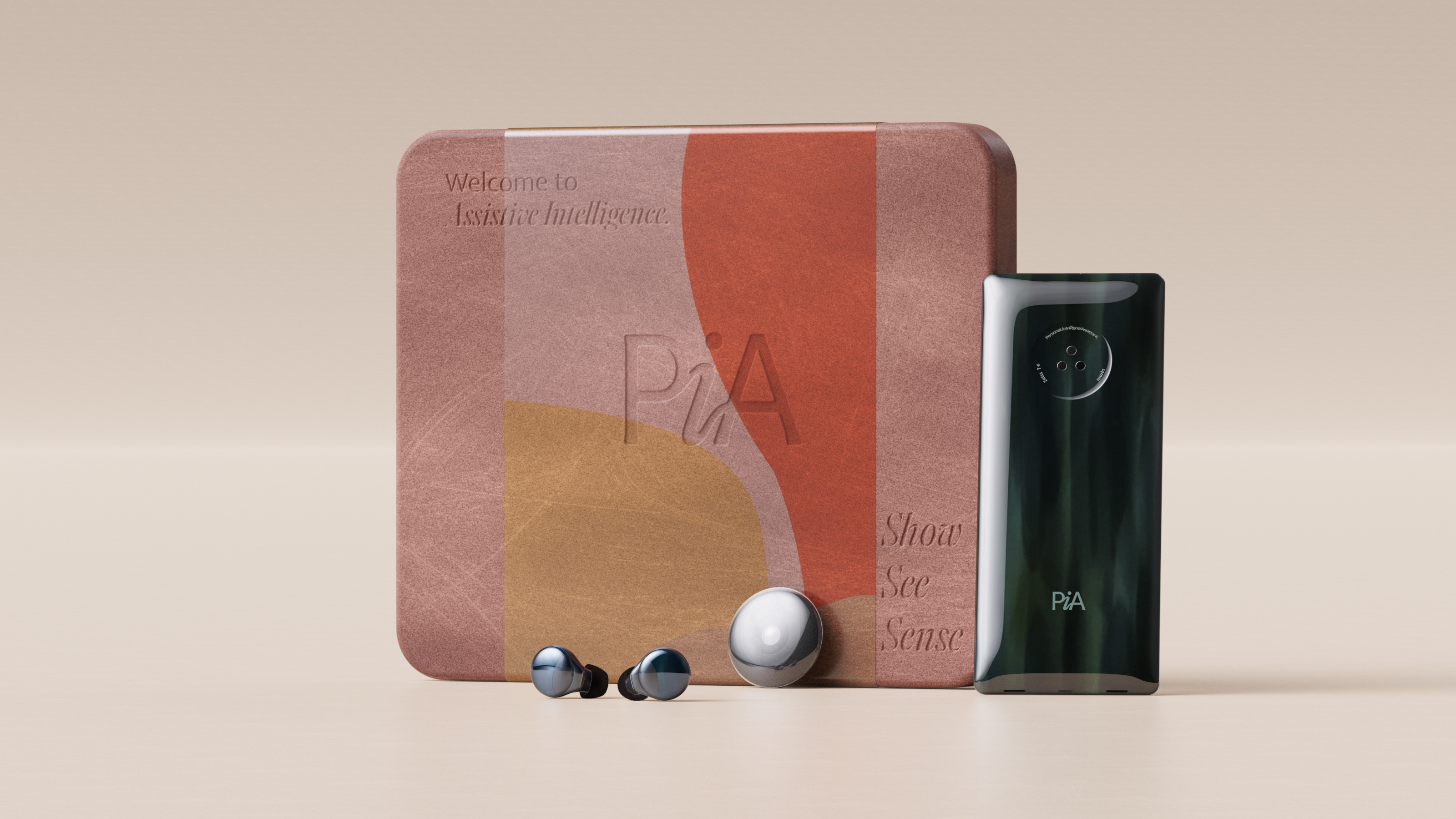 Layer conceptualises a next-gen AI-powered device: introducing the PiA
Layer conceptualises a next-gen AI-powered device: introducing the PiAPiA, the Personal Intelligent Assistant, is a conceptual vision of how AI might evolve to dovetail with familiar devices and form factors
By Jonathan Bell
-
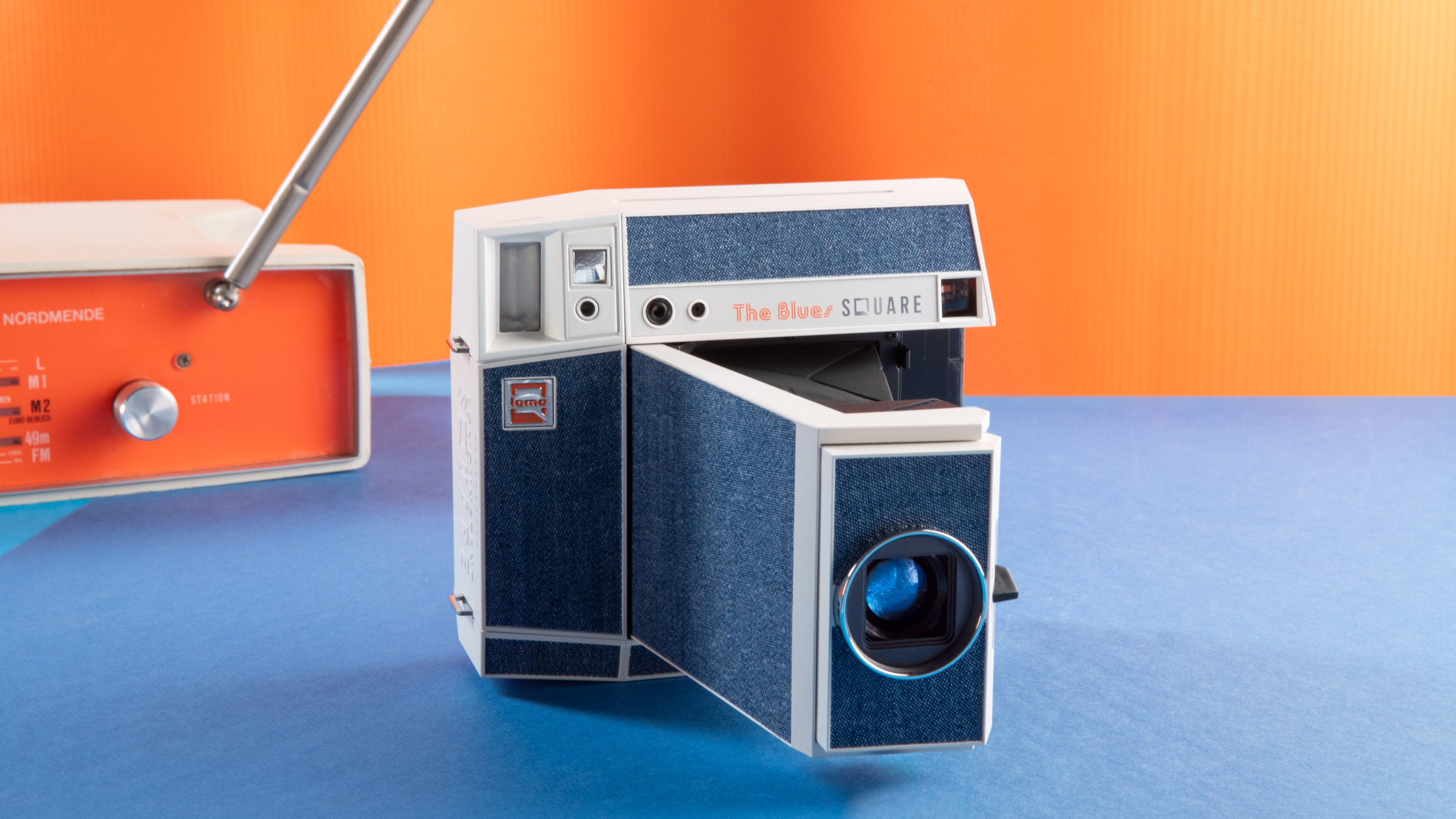 Point, shoot and process with Lomography’s two new colourful Instax camera editions
Point, shoot and process with Lomography’s two new colourful Instax camera editionsWith the Pemberley and The Blues editions, the Lomo’Instant Square Glass camera provides stylish and pocketable analogue photography
By Jonathan Bell
-
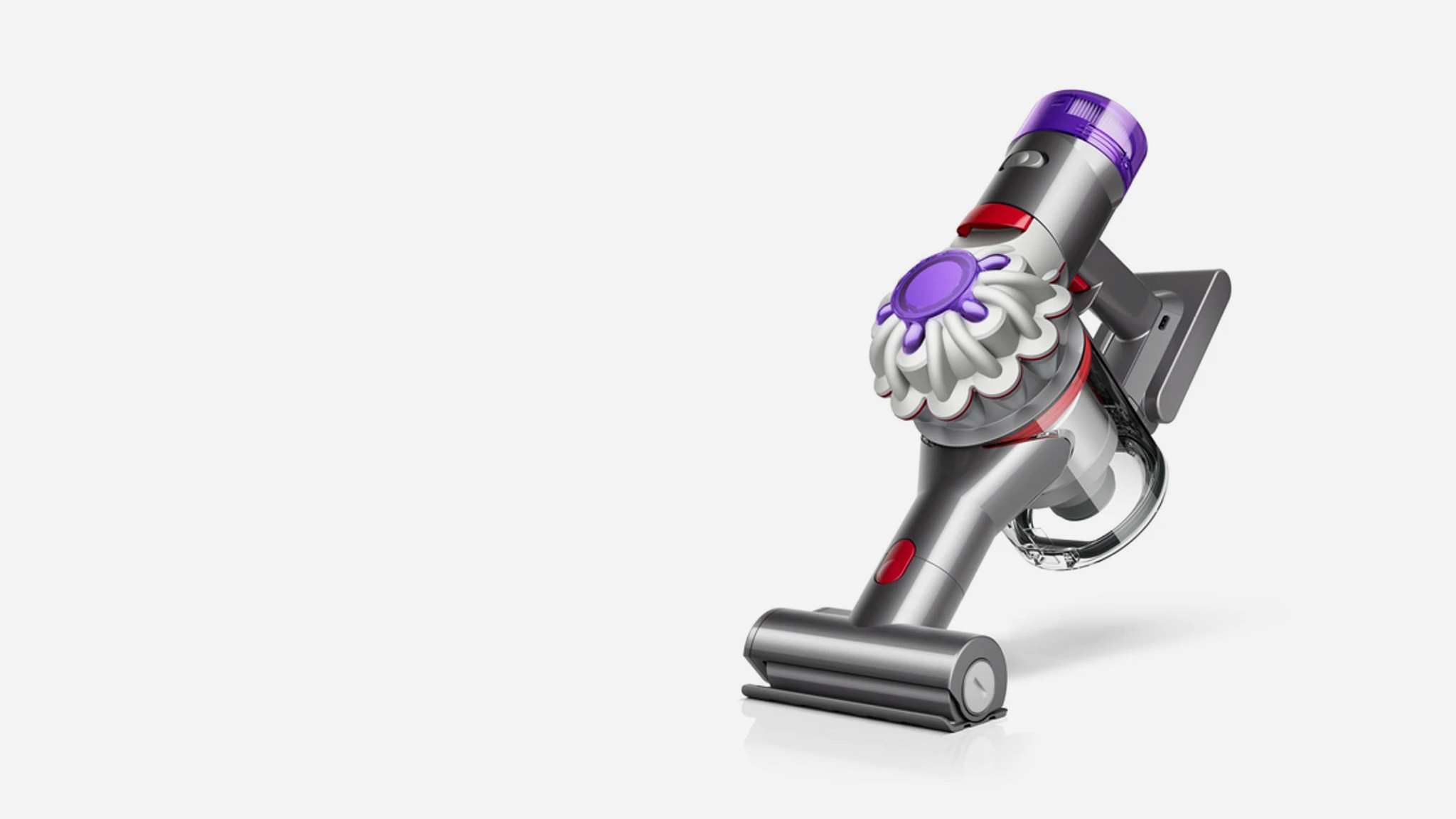 We put the new ultra-compact Dyson Car+Boat handheld vacuum through its paces
We put the new ultra-compact Dyson Car+Boat handheld vacuum through its pacesA cordless handheld vacuum pitched at a plethora of tasks, Dyson has tasked the new Car+Boat with far-reaching functionality without compromising performance
By Jonathan Bell